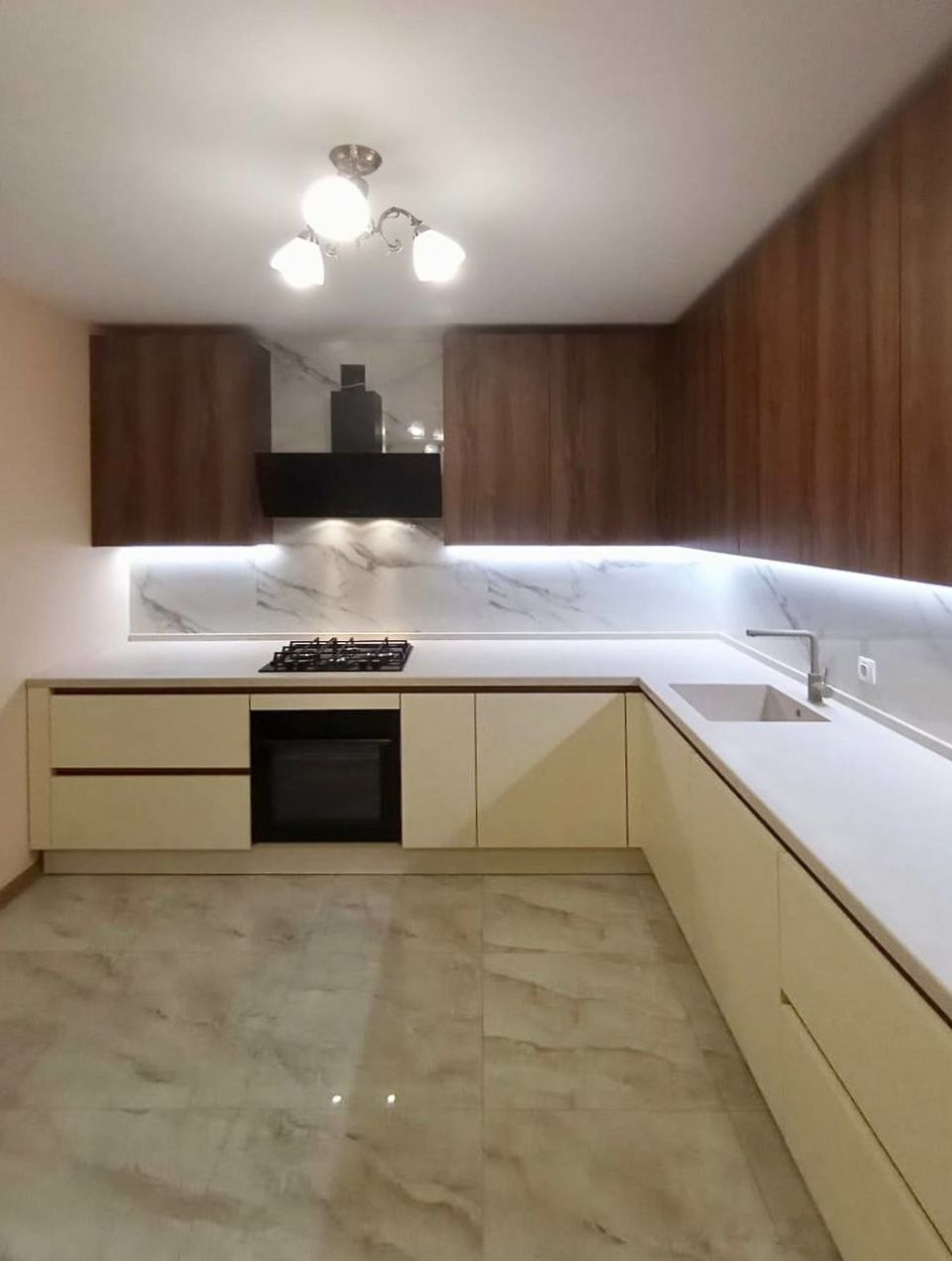Culinary Spaces Redefined
Introduction to Modern Culinary Spaces
The concept of a culinary space has evolved significantly over the past few years. Once merely functional areas where food was prepared, kitchens have now become the heart of the home, an epicenter for social interaction, creativity, and culinary artistry. In redefining these spaces, contemporary design has shifted towards integrating efficiency, aesthetics, and technology in a way that complements the versatile lifestyles of modern homeowners.
The Fusion of Functionality and Style
Modern culinary spaces are being designed to cater not just to the practical needs of cooking, but also to inspire and facilitate the joy of creating and sharing meals. Designers are merging sleek, clean lines with ergonomic efficiency, often using materials that are both stylish and durable. Open-plan layouts that blend the kitchen with living and dining areas are becoming a standard, further dissolving the barriers between cooking and social spaces.
Technological Integration in the Kitchen
Technology is playing a key role in the transformation of culinary spaces. Smart appliances equipped with the ability to connect to the internet can now be controlled remotely, streamlining meal preparation and ensuring precision. Features like touch-sensitive controls, energy-efficient designs, and customization options are part of the push towards a kitchen that is truly responsive to the needs of its user.
Eco-friendly Approaches and Sustainability
As environmental concerns become increasingly important, culinary spaces are reflecting this shift through sustainable practices. This includes the use of materials that are renewable or have a low environmental impact, energy-efficient appliances, and waste reduction systems. The aim is to create spaces that not only look good and function well but also contribute to a healthier planet.
The Rise of Multi-Purpose Kitchen Islands
Kitchen islands have become a cornerstone in the modernization of culinary spaces. Far from just an additional counter, these versatile structures now serve multiple purposes: they can be dining areas, workstations, storage spaces, and sometimes even house appliances. With customization at the forefront, homeowners can design their islands to reflect their specific needs and preferences.
Lighting: Setting the Mood and Enhancing Function
Lighting design has never been more integral to culinary spaces. The right lighting can transform the mood of a kitchen, enhance functionality, and even create the illusion of space. Modern kitchens often feature a combination of task lighting for practicality and accent lighting to highlight design elements. Natural light is being embraced through larger windows and skylights, contributing to an inviting ambiance.
Conclusion: The Kitchen as a Living Space
The redefinition of culinary spaces is an ongoing process that mirrors the changing dynamics of how we live and interact. Today’s kitchens are more than just places to cook; they are spaces that accommodate work, entertainment, and social gatherings. They reflect the personal taste and lifestyle choices of individuals, standing as a statement of design and functionality. As we continue to innovate and rethink the limits of culinary spaces, we open the doors to a world where cooking and living harmoniously coexist.
